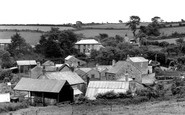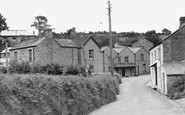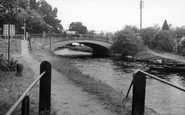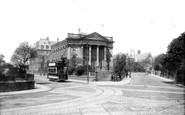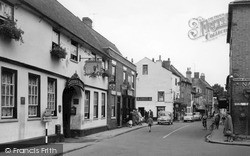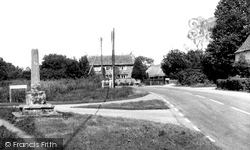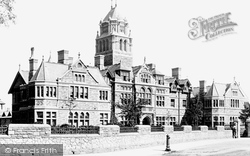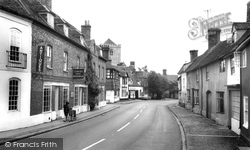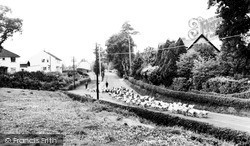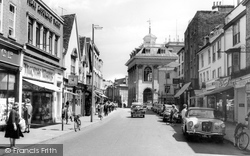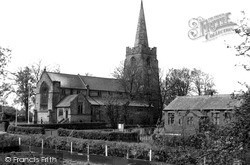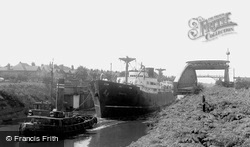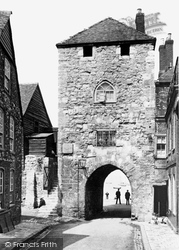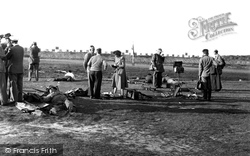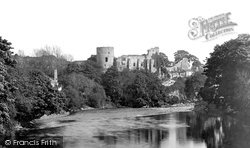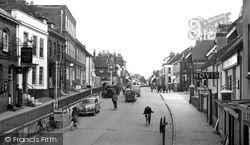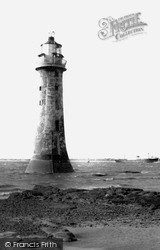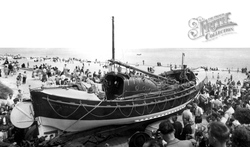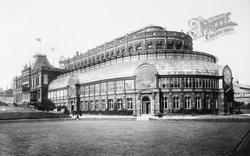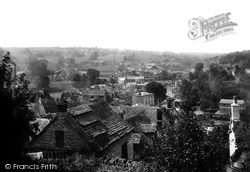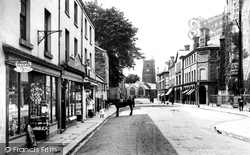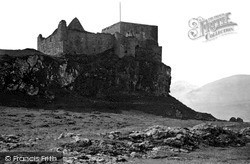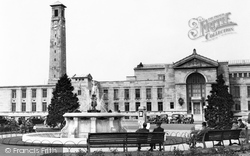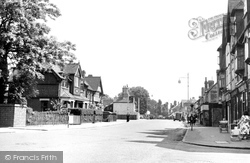Places
3 places found.
Those places high-lighted have photos. All locations may have maps, books and memories.
Photos
63 photos found. Showing results 1,741 to 63.
Maps
12 maps found.
Books
1 books found. Showing results 2,089 to 1.
Memories
7,556 memories found. Showing results 871 to 880.
Rose View
1970 - 1984: As you look at this photo the last building on the right, the barn like cottage with the small window, is Rose View. My mum and dad bought it for £1,000 in 1970, and set to work modernising it as I was due 1971 and my brother ...Read more
A memory of Polgooth in 1970 by
Great Part Of The Village
1970's and 80's: We had a great childhood playing at this end of the village. It was quiet except for the cars of people that lived up here. Everyone knew each other. My old house is in the background, all you can see is ...Read more
A memory of Polgooth in 1980 by
The Towpath Where The Boats Were Moored Later On
There used to be a very large weeping willow there that used hang over the river. We used to cast underneath it as fish used to congregate under it. This is the bank where I did most of my fishing ...Read more
A memory of Harlow in 1949 by
Saving The Shipwrecked Sailors
Robert and Donald Mapleston and were excellent swimmers. (Their sister, my Great Grandmother, Anne Mapleston Jackson, passed away in 1944.) They lit bonfires to warn the ships, but when a ship wrecked they used a ...Read more
A memory of Land's End in 1870 by
My Short Life In Gillingham Kent
I was born in a naval nursing home called "Canada House" on the 18th November 1954. I was the first child and boy - I was spoilt. I went to school at Byron Road Infants school until I was 6 then we moved to ...Read more
A memory of Gillingham in 1960 by
Penton Camp Club
The Penton Camp Club started in about 1903. Its members included the Manager of Martin's Bank, London, the manager of the Drury Lane Theatre and many other rich men. They would come by train to Staines, the old station at the ...Read more
A memory of Penton Hook in 1900 by
Chisholm Cottage
My great-great-great grandparents lived opposite Wesley Chapel in the late 1800s, behind the trees on the right-hand-side of the 1901 Wesley Chapel photo. During the 1830s, Richard JACK (b1813) and some of his brothers moved to ...Read more
A memory of Hartlepool in 1880 by
Happy Childhood Holidays
I say 1950 for the year my memory relates to but in fact my memories cover from around 1946 to 196 I've only just found this web site for "Memories" although have looked at the site before and what nostalgia it has ...Read more
A memory of Llwyngwril in 1950 by
Flood
I was sent off to buy some bread by my mother. But crossing the river Crouch by the bridge was impossible. Wickford was under water. I don't recall the year. But the brand name of the bread was: Wheatchief. I used to buy sandpaper in Mays ...Read more
A memory of Wickford by
Saturdays
I went to Ferndale nearly every Saturday with my Mum and brother to visit my grandparents and my Great Aunt and Uncle. My grandparents, the Gambles, lived in Brynhyfryd and we would get off the bus at the bottom of the hill on the Strand ...Read more
A memory of Ferndale by
Captions
2,471 captions found. Showing results 2,089 to 2,112.
Frith's photographer was looking back through the carriageway towards Church Street straight ahead.
This Wiltshire village is known locally as the village of four crosses, all medieval.
Opened in 1883 the Edward Seward-designed South Wales and Monmouthshire Infirmary was built at a cost of £23,000.
The abbey church of St Peter and St Paul is all that remains of an Augustinian abbey built on the site in 1170. The High Street has many interesting houses, some dating back to the 16th century.
Inside the Castle, the photographer looks back to the gatehouse, which is basically 14th-century over a Norman archway, although the drum towers on this side are early 19th-century.
Looking back up North Street towards the Parade and Market House, with the Post Office on the left, as it still is today.
Though the shore to the south of Ramsey is rocky, a stroll along it at low tide was a popular Victorian way of taking some gentle exercise.
Near the middle of Wales, sheep are driven along a back road near the old market town. Llanidloes was one of the major centres for wool and flannel production from the late middle ages.
The impressive building just right of centre was once Berkshire's old County Hall. Christopher Kempster, a master mason who had worked for Sir Christopher Wren, built it between 1678 and 1682.
This is still referred to as the 'new church'—religion in this area goes back 4000 years. The first Christian church at Newers Wood had a moat.
Whenever the Chester Road and Northwich Road swing-bridges are opened to allow ships to pass along the Manchester Ship Canal, Warrington grinds to a halt; traffic tails back for hundreds of yards either
The timber-framed Tudor House, one of the city's finest buildings, dates back to about 1500, and has hardly changed at all since this photograph was taken.
There is another village in Bisley - that of the clubhouses and mobile homes found at the National Rifle Association's ranges.
The earliest castle here is thought to have been built by Bernard de Baliol.
We are looking back up Crown Hill, with the sign of the Crown on the left.
Constructed from granite blocks cemented together with 'puzzellani', a special hardening material developed from volcanic dust extracted from the slopes of Mount Etna, the lighthouse was
The town is renowned for the bravery of its lifeboat crew who responded to an urgent signal of distress in 1901.
Despite the grand appearance of the building, the acoustics in the Winter Gardens pavilion were suspect.
Back across the river, via the Batheaston toll bridge, follow the Avon south before turning right to Monkton Combe, a delightful village nestling in the valley of the Midford Brook.
Viewed from Watledge, the Railway Hotel is shown clearly in the centre of the picture, with C W Jones' coal office behind the chimney to the right.
This photograph looks in the opposite direction to number 22546. The church is St Eustace, one of only two in the country dedicated to this saint.
This is the ancestral home of the chiefs of the Macleans. The Macleans paid the price for siding with James VII against William III, forfeiting castle and estates.
At the heart of Southampton lies the Civic Centre, with its council offices, law courts and art gallery.
Hare Street existed long before the creation of the garden suburb of Gidea Park but has now all but lost its separate identity.
Places (3)
Photos (63)
Memories (7556)
Books (1)
Maps (12)

